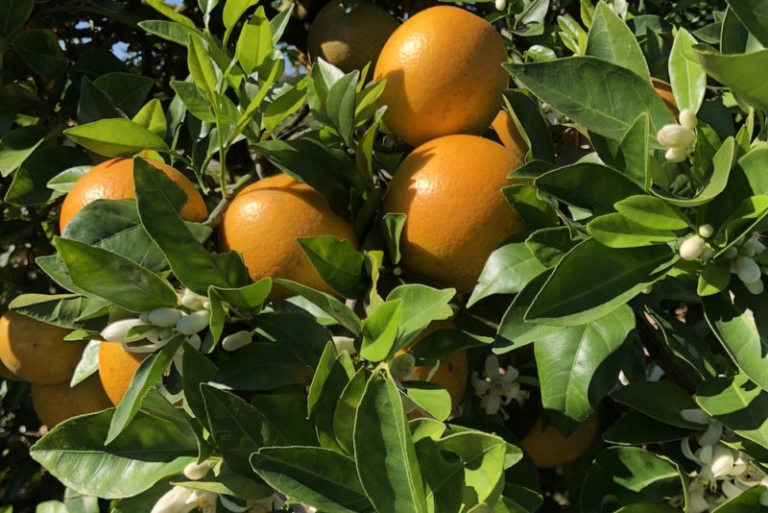The Orange Juice Industry: Production, Distribution, and Market Trends

The orange juice industry plays a vital role in the global beverage market, offering consumers a refreshing and nutritious drink that has become a breakfast staple and a versatile ingredient. From the sprawling groves where oranges are cultivated to the intricate production processes and evolving market trends, this article explores the multifaceted world of the orange juice industry.
- Orchard to Citrus Grove: The Journey of Orange Cultivation The orange juice industry’s journey begins in vast citrus groves, where orange trees flourish under the sun’s warm embrace. Orchards are meticulously managed, with farmers employing sustainable practices to ensure the health and vitality of the trees. The cultivation process involves careful attention to factors like soil quality, irrigation, and pest control to produce high-quality fruit that will eventually find its way into orange juice production.
- Harvesting and Processing: Transforming Oranges into Liquid Gold Once the oranges have ripened to perfection, they undergo the harvesting process. Skilled workers, often equipped with the knowledge of selecting the ripest fruit, hand-harvest the oranges to preserve their quality. The harvested oranges are then transported to processing facilities, where they undergo meticulous washing, sorting, and extraction processes. Modern technologies, including mechanical juicers and cold-pressing methods, ensure the efficient extraction of juice while preserving the natural flavors and nutritional content.
- Production and Packaging: From Juice to Bottles The extracted juice is then processed, filtered, and pasteurized to meet quality standards and extend its shelf life. The production facilities are equipped with cutting-edge machinery to handle large volumes of oranges and maintain consistency in taste and quality. Following production, the orange juice is carefully bottled and packaged for distribution. Innovations in packaging, such as high-pressure processing and aseptic packaging, help maintain the freshness of the juice without the need for preservatives.
- Distribution Networks: From Groves to Global Markets The orange juice industry relies on extensive distribution networks to ensure its products reach consumers worldwide. From local supermarkets to international markets, the distribution chain involves logistics, transportation, and storage facilities that guarantee the availability of orange juice on a global scale. Producers work with distributors, retailers, and wholesalers to make freshly squeezed orange juice accessible to consumers, regardless of their geographical location.
- Market Trends: Adaptation to Consumer Preferences The orange juice industry is dynamic, adapting to changing consumer preferences and market trends. With a growing emphasis on health and wellness, consumers are seeking natural and nutritious beverages. This has led to an increased demand for cold-pressed and fresh orange juices. Additionally, flavored and blended options, such as orange juice with added botanicals or exotic fruits, cater to consumers looking for unique and premium offerings. The industry is also witnessing a surge in environmentally conscious practices, with an emphasis on sustainable sourcing, eco-friendly packaging, and transparent labeling.
Conclusion: The orange juice industry represents a harmonious blend of agriculture, technology, and market dynamics. From the cultivation of oranges in lush groves to the intricate production processes and distribution networks, each step in the journey contributes to bringing the beloved beverage to consumers around the globe. As the industry continues to evolve, producers are keenly attuned to market trends, ensuring that orange juice remains a refreshing and versatile choice for consumers seeking both health and indulgence in their daily lives.


